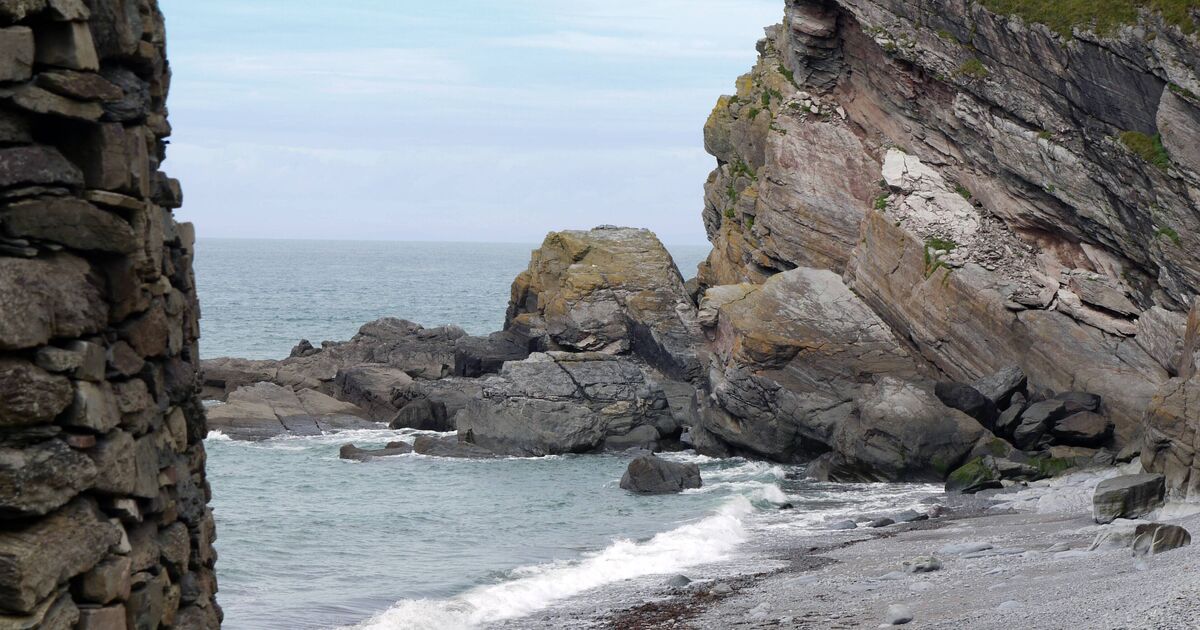Many of us crave an escape from the summer crowds, yet discovering a beach with space for your towel – or even a flannel – proves challenging when the sunshine arrives.
However, one secluded cove surrounded by woodland sits in such an isolated location – and harbours a secret that demonstrates just how hidden this beach truly remains.
Renowned for its seclusion, this tucked-away Devon shoreline undoubtedly welcomed smugglers centuries past, though it also conceals another wartime mystery – a German vessel landed undetected, thanks to the remote character of this tiny beach.
The rocky inlet of Heddon’s Mouth lies on the county’s northern edge, tucked along the North Devon coastline between Combe Martin and Lynton.
Reaching the stony shore featuring ‘super-sized pebbles’ requires roughly an hour’s trek, though the breathtaking panoramas justify the effort, reports the Mirror.
The Beach Guide website portrays the cove as positioned at the River Heddon’s mouth, which has ‘carved a deep valley to the rear of the beach’.
The Beach Guide website details the spot: “The beach here is made up of medium sized rounded rocks, like super-sized pebbles. The (small) river runs down the middle of the beach and to either side cliffs rise up.
“This is a fairly out of the way spot and is mostly visited by ramblers these days. In the past it was a favourite haunt of smugglers who appreciated its remoteness.
“In fact the cove is so isolated that during World War II the crew of a German U-Boat were able to come ashore in search of fresh water and relaxation without the fear of being spotted.”
Visitors can park close by before embarking on the hour-long trek to reach the cove – and it’s worth noting there are no facilities once you arrive, so proper preparation is essential.
The remote pebbled bay remains concealed by the towering cliffs that surround it.
One Google reviewer describes Heddon’s Mouth: “This is a stone and large pebble beach at the mouth of the River Heddon. There is plenty of parking and it’s just past the Hunter’s Inn – a word of warning the back roads are very tight.
“Then it’s a hike through a wooded area alongside the flowing river. Near the end you’ll cross over a bridge to the other side and along to the beach. The river flows into the pebbles and sort of disappears and then reappears as several streams running down to the sea.”
Also reviewing the place on Google, Erin Urban wrote: “Wonderful short walk to the sea with spectacular cliffs and rocky shoreline. The path is well maintained.
“The stones can be uneven and rocky in places. I recommend thicker soles or sturdy boots for those with sensitive feet. There is one place on the main path that has loose rock.
“You can walk on either side of the stream for half of the journey and switch on the way back for variety. Lunch and tea is available at the Lodge by the carpark.”

